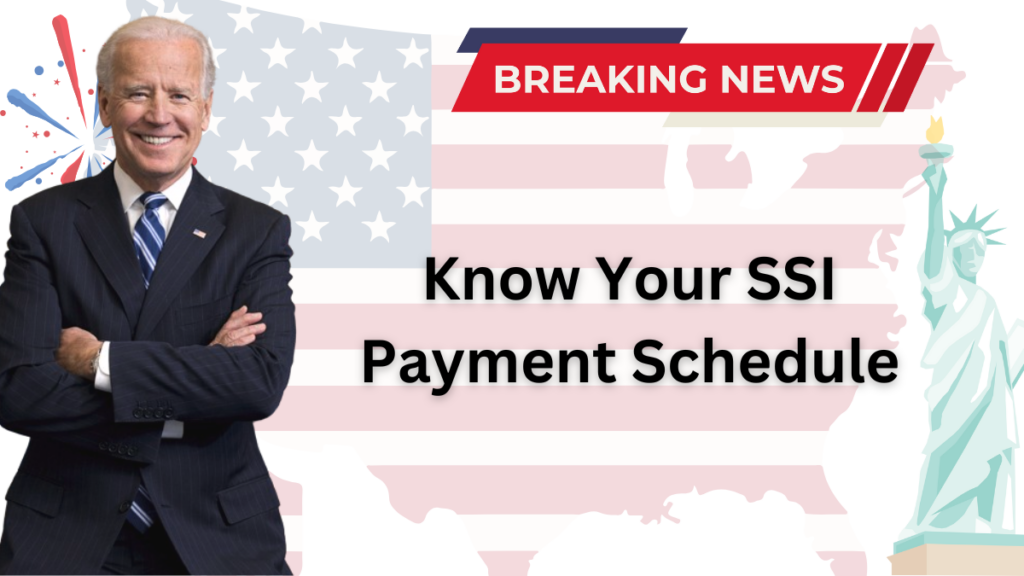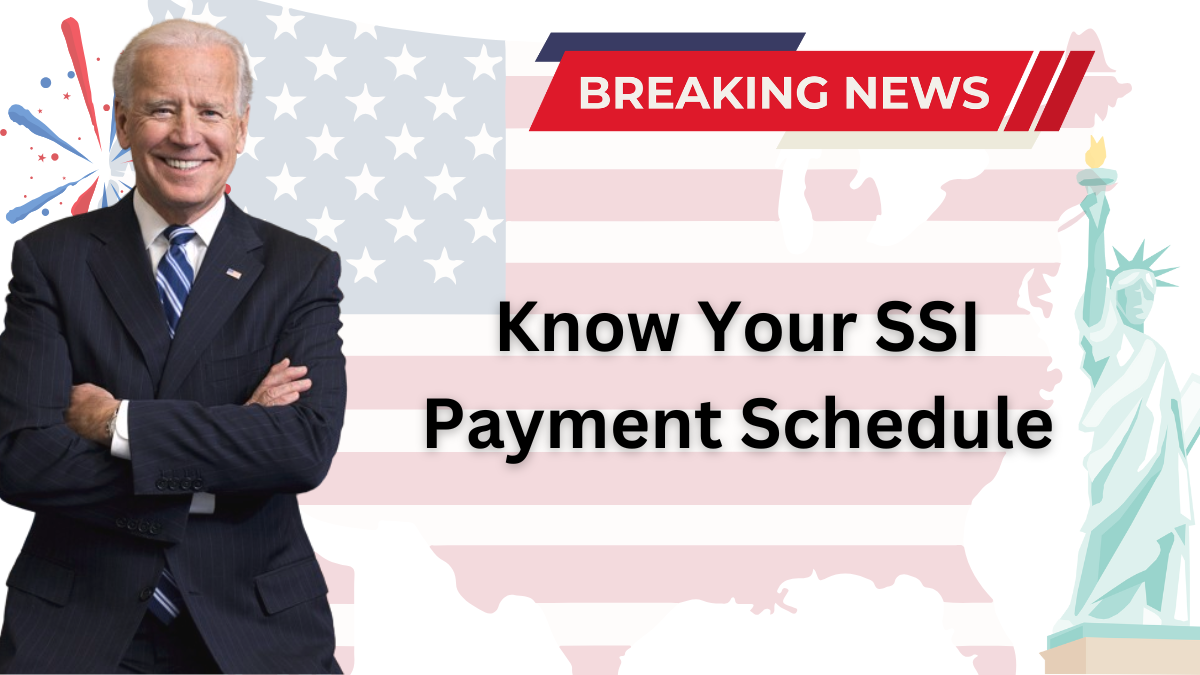Staying on top of your Supplemental Security Income (SSI) and Social Security Disability Insurance (SSDI) payments is crucial for effective financial planning. This guide provides an in-depth look at the November 2024 payment schedule, eligibility criteria, benefits, and practical financial tips to help you manage your SSI and SSDI payments with ease.

Key Dates for November 2024 Payments
| Payment Type | Payment Date | Details |
|---|---|---|
| SSI | November 1, 2024 | Payment is issued on the first of the month unless it falls on a weekend or federal holiday, in which case it is sent on the preceding business day. |
| SSDI | November 9, 16, or 23, 2024 | Payment date based on birthdate: 2nd Wednesday (1st-10th), 3rd Wednesday (11th-20th), or 4th Wednesday (21st-31st). |
| COLA | Adjusted for 2025 | An estimated 2.5% cost-of-living adjustment may apply, affecting the average monthly payment. |
Understanding SSI and SSDI
What is SSI?
Supplemental Security Income (SSI) is a federal assistance program designed to provide financial aid to individuals who are aged, blind, or disabled and have limited income and resources. Funded through general tax revenues, SSI helps eligible individuals meet essential needs, including:
- Food
- Shelter
- Clothing
What is SSDI?
Social Security Disability Insurance (SSDI) supports individuals with disabilities who have paid Social Security taxes through their employment. Unlike SSI, SSDI benefits are based on an individual’s work history and accumulated work credits.
For November 2024, SSDI payment dates are based on birthdate:
- Born 1st-10th: Payment on November 9, 2024
- Born 11th-20th: Payment on November 16, 2024
- Born 21st-31st: Payment on November 23, 2024
If you have been receiving SSDI benefits since before May 1997, your payment will be made on the 3rd day of the month regardless of birthdate.
Eligibility Criteria for SSI and SSDI
Eligibility for SSI
To qualify for SSI benefits, applicants must meet the following criteria:
- Age Requirement: 65 or older, or any age if blind or disabled.
- Income and Resources: Limited income and resources (less than $2,000 for individuals, $3,000 for couples).
- Residency: U.S. citizen or legal resident living in one of the 50 states, Washington D.C., or the Northern Mariana Islands.
Eligibility for SSDI
To be eligible for SSDI, applicants must:
- Disability Status: Have a disability that prevents them from working and is expected to last at least one year or result in death.
- Work Credits: Earn sufficient work credits (generally 40 credits, with 20 earned in the last 10 years).
- Age: Be younger than the full retirement age, which varies based on birth year.
Applying for SSI and SSDI Benefits
- Check Eligibility: Review the Social Security Administration’s (SSA) eligibility guidelines.
- Gather Documentation: Collect necessary documents, including proof of income, living arrangements, and medical records.
- Submit Application: Apply online via the SSA’s website or visit a local Social Security office.
- Application Review: The SSA will review your application, which may take several weeks to months.
How to Apply for SSDI
- Create an Account: Access the SSDI application portal and create an account.
- Provide Information: Enter details regarding your work history, medical condition, and other required information.
- Submit Medical Documentation: Upload all medical records to support your disability claim.
- Wait for Review: Your application will be evaluated, and you may be asked to provide additional information or attend a medical evaluation.
SSI vs. SSDI: Key Differences
| Category | SSI | SSDI |
|---|---|---|
| Funding | General tax revenues | Social Security payroll taxes |
| Eligibility | Based on financial need | Based on work credits |
| Age Requirement | None | Must be younger than full retirement age |
| Maximum Benefits | $943 (individuals); $1,415 (couples) | Up to $4,873, depending on work history |
| Health Coverage | Automatically eligible for Medicaid | Eligible for Medicare after two years |
Practical Tips for Managing SSI and SSDI Payments
Effectively managing SSI and SSDI payments requires careful budgeting and financial planning. Here are some tips:
- Create a Monthly Budget: Account for essential expenses, including rent, utilities, food, and transportation.
- Automate Payments: Set up automatic payments for essential bills to avoid late fees.
- Set Aside for Emergencies: Allocate a portion of your benefits for unexpected expenses.
- Seek Additional Support: Explore local assistance programs, such as food banks and housing support, to help supplement your income.
Frequently Asked Questions
1. How can I find out the exact payment date for my SSDI benefits?
Your SSDI payment date depends on your birthdate. If you were born between the 1st and 10th, you’ll receive your payment on the second Wednesday of each month. For those born between the 11th and 20th, payments are on the third Wednesday, and for those born between the 21st and 31st, payments are made on the fourth Wednesday.
2. What should I do if my SSI or SSDI payment is delayed?
If you haven’t received your payment by the expected date, wait at least two business days and check with your bank. If the delay continues, contact the SSA to verify the status of your payment.
3. Can I receive both SSI and SSDI benefits?
Yes, some individuals qualify for both programs, known as “concurrent benefits.” Eligibility for concurrent benefits depends on meeting both SSI’s financial requirements and SSDI’s work credit criteria.
Click here to learn more
I am a dedicated lifestyle and fashion enthusiast, always looking for the latest trends and timeless styles. With a flair for creativity and a passion for self-expression, I provide fresh insights and tips on elevating everyday living and personal style.
